Tour of Utah on its way up
Success in first UCI-sanctioned edition paves the way for race expansion
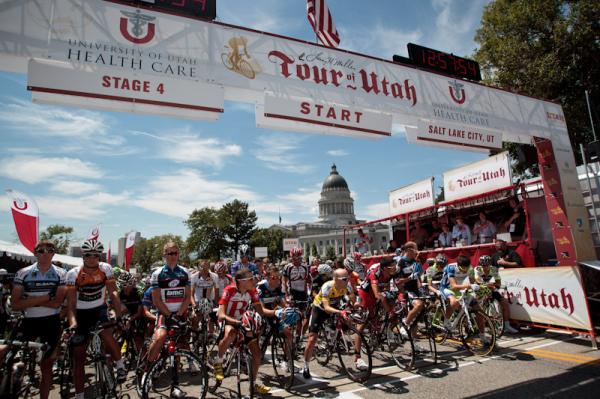
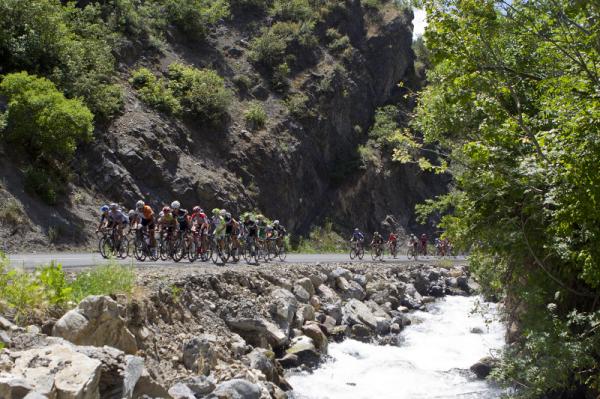
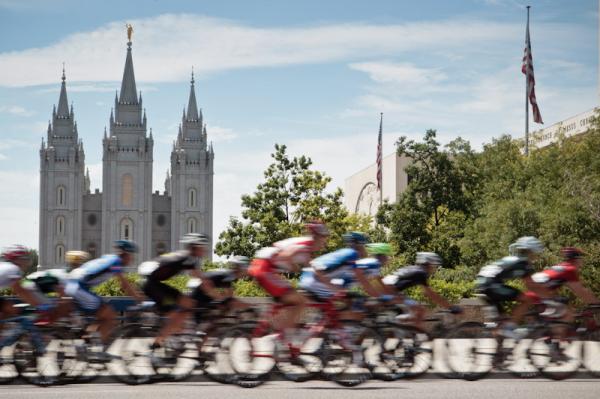
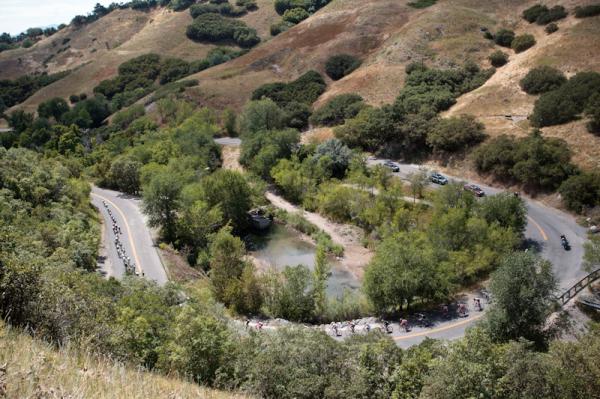
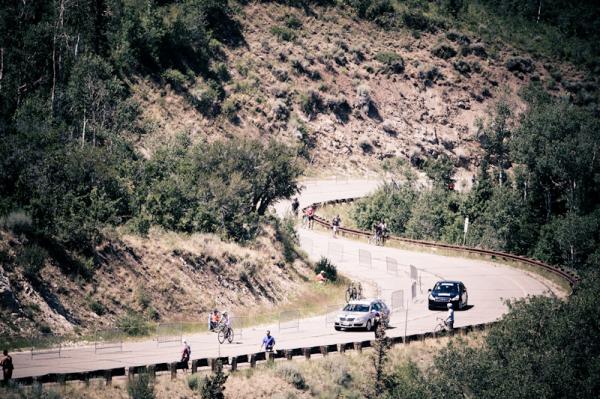
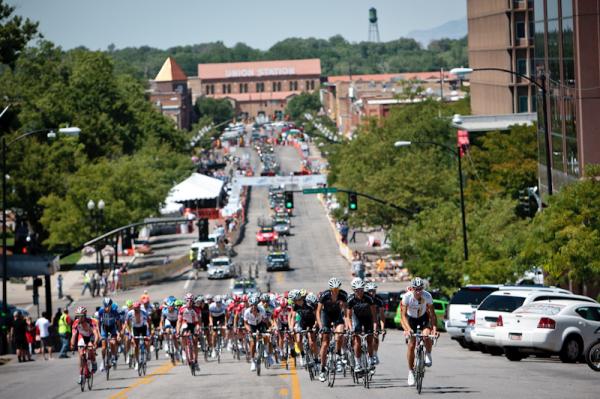
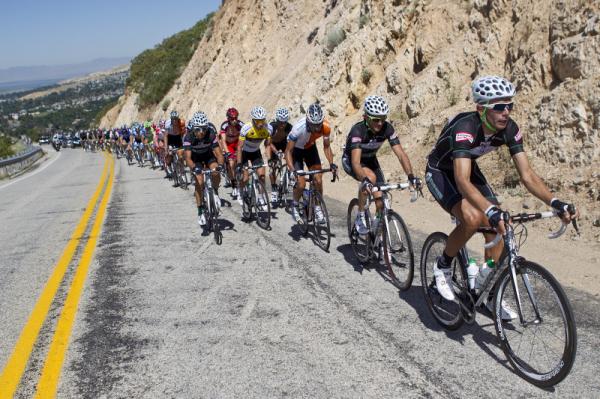
The Larry H. Miller Tour of Utah wrapped up its first year as a UCI sanctioned event, and the general consensus of the top-level field and the race committee was that it was a smashing success, both in sporting terms and organisation.
With RadioShack's Levi Leipheimer taking the overall win and the Gobernacion de Antioquia team animating the race throughout the week, Tour of Utah president Steve Miller said the race exceeded his own expectations.
"If we could have scripted this from the outset - the way it played out, the way the stages were won, the winners of the jerseys ... and handed it to a screenwriter they'd have torn it up and said to write something realistic. It was beyond our wildest dreams, we were really happy with it."
Miller's organisation took over the race in 2006 and, after a year of hiatus, set forth with a long-term plan to bring the race into the UCI calendar in five years. However, he said that when the USA Pro Cycling Challenge popped up this year and was UCI-sanctioned from the outset, they had to accelerate their timetable.
"We're comfortable where we're at, we feel like we've got a well-oiled machine right now," Miller said. "We're fairly new to the cycling world, but we're ready to learn and we've got a solid team put in place. We feel like we've executed our plan very well this year."
Billing itself as the toughest stage race in America, the Tour of Utah didn't disappoint in the degree of difficulty, as the rate of attrition jumped up to 25 percent on the final stage, but Miller didn't think the race was too hard. "It's not new to this event," he said of the drop-out rate. "There are always a lot of DNFs in this race going into the last day. The criterium last year was one of the hardest stages that this race has ever seen - a lot of articles called it 'cruel and unusual punishment'.
"Our objective is not to punish these guys. It's important to note that we interview a lot of riders when we design the course. We don't do it in a vacuum. I spoke to Levi after the circuit [on stage 4] and he said that's enough - 11 laps is fine, don't add any more. We look for that kind of feedback."
Get The Leadout Newsletter
The latest race content, interviews, features, reviews and expert buying guides, direct to your inbox!
Miller said they don't want to make the race so hard that riders don't want to come, but they want to maintain their distinction from other events, both in terms of difficulty and in highlighting the stunning scenery the state has to offer. His organisation has already begun designing the course for the 2012 edition, getting feedback from this year's host towns to see which ones want to continue while looking into possible new venues.
"We try to keep the race fresh, so we may add a few new stages. We'd like to try and take the race to some of the further reaches of Utah - have a stage perhaps in Cache Valley up in Logan, maybe Moab or St. George, but we're trying to balance a number of things."
The first consideration is money, as it is expensive to move the race around as opposed to operating from one central point in Salt Lake City, as has been the case since its inception. Staying put is also attractive to teams as it minimises tiring transfers for the riders.
Any change to the race's formula is likely to happen after 2012. The race should remain at six days next year, but Miller said he'd like to the event to expand in the future.
"I would like to see Tour of Utah be an eight-day race at some point," added Miller, but said they need to take small steps forward. "Next year if we add anything new we'd probably have to substitute one of this year's stages for a more distant stage."
There have been rumours that the time trial at the Miller Motorsport Park would be a team time trial next year, but Miller would not confirm the change. He attributed the rumour to an inadvertent typo in a Twitter posting, but said the positive response to the idea put it on the agenda for a future stage.
"We made a mental note that at some point in the future we ought to consider doing a team time trial, but whether that's in 2012 or sometime beyond, I can't say. I think it's safe to say you'll see one at the Tour of Utah at some point in the not so distant future."
Because of the proximity of the Tour of Utah to Colorado's newest race, the USA Pro Cycling Challenge, American cycling fans have also been speculating and dreaming of a combined race, bringing something akin to a Grand Tour to the USA. Miller admitted to having had casual conversations with his staff along the same lines, but said that any such talk was just speculation.
"Combining the two races would be a real logistical challenge, but it wouldn't be impossible. It wouldn't be tough to connect this race with Colorado in the Grand Junction area, but they've got to get off the ground.
"We wish them a tremendously successful event, it's great for them to get the top three finishers in the Tour de France in their first year, but we have to let them get their roots sunk before we start talking about combining races."
While the presence of a new races next door may have accelerated their time line in terms of development, Miller said he isn't necessarily trying to compete with the USA Pro Cycling Challenge.
"We've gotten the attention of the cycling world. We don't see anyone else as competition, we're in competition with ourselves and we want to put on the best bike race we can. Regardless of where it goes or what it does in 2012 we want the Tour of Utah to be even better than it was this year."

Laura Weislo has been with Cyclingnews since 2006 after making a switch from a career in science. As Managing Editor, she coordinates coverage for North American events and global news. As former elite-level road racer who dabbled in cyclo-cross and track, Laura has a passion for all three disciplines. When not working she likes to go camping and explore lesser traveled roads, paths and gravel tracks. Laura specialises in covering doping, anti-doping, UCI governance and performing data analysis.